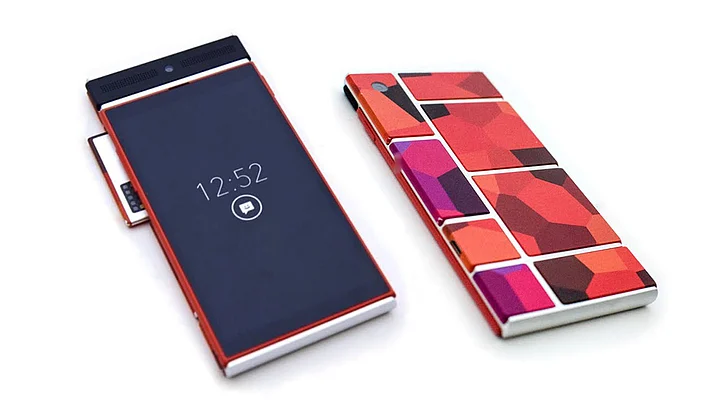Alphabet Inc’s Google has suspended Project Ara – its ambitious effort to build what is known as a modular smartphone with interchangeable components – as part of a broader push to streamline the company’s hardware efforts, two people with knowledge of the matter said.
The move marks an about-face for the tech company, which announced a host of partners for Project Ara at its developer conference in May and said it would ship a developer edition of the product this autumn.
The company’s aim was to create a phone that users could customise on the fly with an extra battery, camera, speakers, and other components.
A spokeswoman for Google declined to comment on the matter.
While Google will not be releasing the phone itself, the company may work with partners to bring Project Ara’s technology to market, potentially through licensing agreements, one of the people with knowledge of the matter said.
Although Project Ara has always seemed to be a little too futuristic, the news of it getting dropped is surprise because Google made a renewed effort to push the modular concept.
Axing Project Ara is one of the first steps in a campaign to unify Google’s various hardware efforts, which range from Chromebook laptops to Nexus phones. Former Motorola president Rick Osterloh rejoined Google earlier this year to oversee the effort. Google sold Motorola Mobility to Lenovo Group in 2014.
Project Ara was first announced by Motorola nearly three years ago. It was initially developed by the company’s Advanced Technology and Projects group, which Google held onto after selling Motorola Mobility to Lenovo.
Why Did Google Ara Get Shelved?
It was not clear how the phones and modules in Google’s Project Ara would be priced. Some reports suggested that the base phone would cost $50.
So by the time you bought the grey phone and all the modules you wanted, it was likely to end up being more expensive than equivalent pre-made smartphones, which can have add-ons attached to get achieve the desired result.
Even with clever techniques, it’s possible there will be connection issues between the modules.
Other mobile companies launched similar modular phones which will be priced much lower than what an assembled phone of Project Ara would cost.
Other Modular Phones
Modular smartphones have generated great enthusiasm in the tech community for their potential to prolong the lifespan of a device and reduce electronic waste.
But the devices are difficult to bring to market because their interchangeable parts make them bulky and costly to produce, said analyst Bob O’Donnell of TECHnalysis Research, adding that he was not surprised to see Google halt the project.
Fairphone 2
An Amsterdam-based company launched Fairphone 2 in 2015 at around $700 with an expansion port that is left on the back for sensors enhancements to come in the future. It does require a Phillips screwdriver to make simple internal changes but if it’s modular you want, and now, then Fairphone 2 is the most viable solution.
LG G5
LG launched its modular phone in June 2016 at $665 called LG G5, with features that let you slide out the bottom module and replace it with a camera grip or audiophile-grade headphone amp – they were not exactly a big instant hit. A few months later, LG introduced the ability to swap out the phone’s battery.
Also Read: LG G5 Review: Hey, Where’s My Modular Phone?
Moto Mods
In the same month, Lenovo not only launched the world’s first Google Tango-based handset – Phab 2 Pro – also announced the flagship Moto Z and the Moto Z Force. Lenovo also introduced Moto Mods. The Moto Mods are modular accessories for the Moto Z smartphones which were showcased at IFA 2016.
Lenovo also introduced Style Mods, which are basically swappable back covers to customise the two handsets, Moto Z Droid and Moto Z Force Droid, priced at around $624. Three Moto Mods, namely the Moto InstaShare projector, the JBL SoundBoost, and the Moto PowerPack, are also available. The firm also introduced the Moto Mods developer programme.
(At The Quint, we question everything. Play an active role in shaping our journalism by becoming a member today.)
